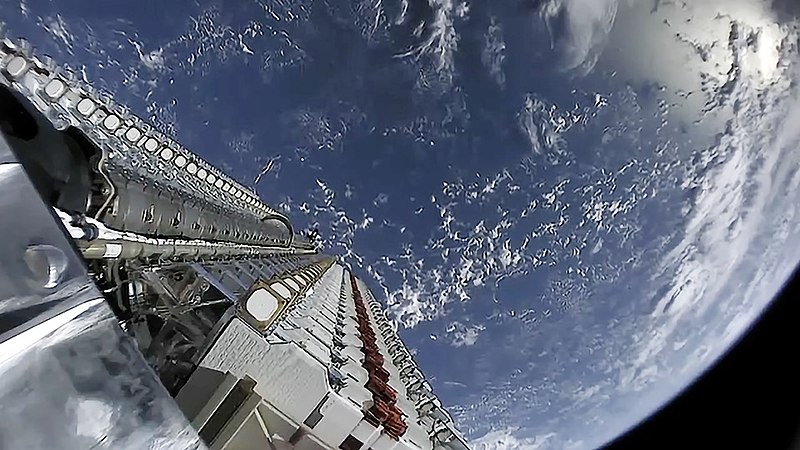Starlink, a satellite internet service launched by SpaceX in 2019, has significantly impacted remote communities in Alaska by providing faster, more reliable, and affordable internet. Since its introduction in late 2022, Starlink has transformed the internet experience for Alaskans, particularly in areas where traditional infrastructure is lacking or non-existent.
Before Starlink, Alaskans faced challenges with expensive, unreliable, and limited internet options. The advent of Starlink, with its flat white antennas and $90 monthly fee after initial equipment costs, has greatly improved connectivity in remote areas. Residents like Earl Atchak in Chevak have reported a significant reduction in their internet bills and an increase in service speed and reliability.
Starlink’s impact extends beyond everyday internet use; it has improved local search and rescue operations. In one instance, fast internet speeds enabled a search team to use Snapchat to locate missing girls during a blizzard, highlighting how crucial Starlink’s technology can be in emergencies.
Starlink’s entry into the Alaskan market has also introduced competition to a previously monopolistic environment dominated by a few large telecommunication companies. This competition challenges the status quo and encourages improvements from existing providers. Despite receiving substantial federal subsidies, many local telecoms have been slow to adapt, while Starlink offers a viable alternative.

The introduction of Starlink is seen as a significant disruption to traditional telecom markets in rural Alaska. Economic expert Shawn Williams and advocacy groups are calling for broader access to government subsidies to foster more competition and potentially lower prices further.
As federal funding continues to flow into Alaska for broadband development, Starlink’s growth has continued unabated. With a growing community of over 15,000 users, Starlink has become a key player in the region’s connectivity landscape, providing a platform for users to exchange tips and seek advice.
In response to Starlink’s competition, traditional providers like GCI are investing in long-term projects to bring fiber optic cables to underserved communities. GCI’s efforts aim to eventually offer competitive internet speeds and prices, but these projects take time to complete.
The benefits of Starlink are evident in various aspects of daily life for Alaskans. From enabling remote work and educational opportunities to facilitating online access for essential services like tax filing, Starlink has brought modern conveniences to previously isolated areas.
However, the rapid integration of Internet technology has raised concerns about its impact on cultural traditions and youth behavior. Some residents worry that constant connectivity might distract younger generations from traditional activities like fishing and hunting.
Starlink has ushered many Alaskans into the modern digital age, offering unprecedented connectivity and convenience. Despite some challenges, the transformative effects of Starlink are clear, illustrating how technological advancements can reshape lives in remote and underserved areas.







Leave a Reply